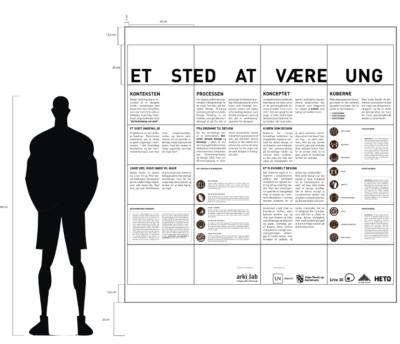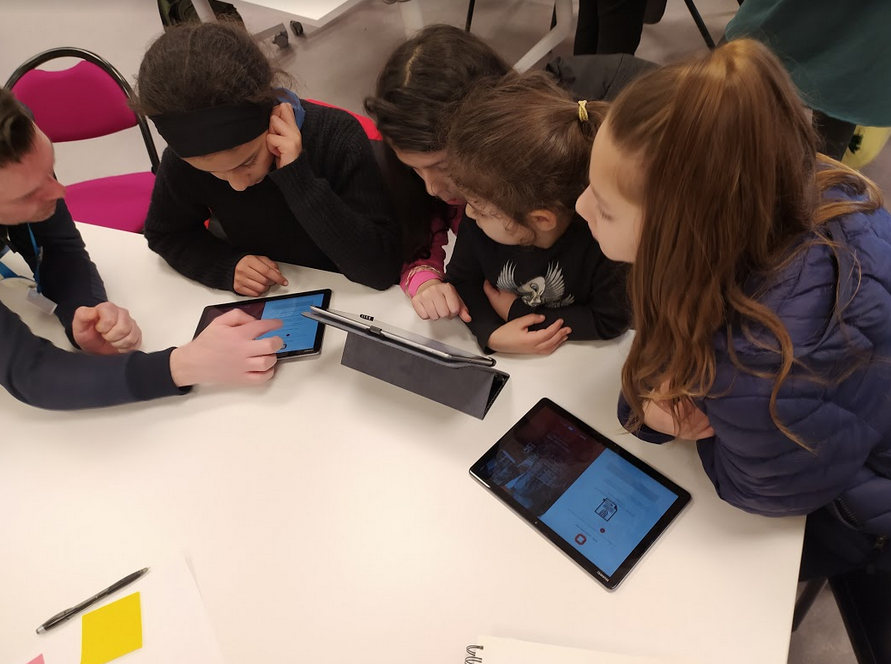Birra Le Mura: una birra “made in Siena”
Nella Valle di Follonica recuperata la coltivazione del luppolo
Il centro storico di Siena è caratterizzato da valli e aree verdi che si collocano all’interno della cinta muraria o appena fuori. Spazi utilizzati per l’agricoltura che rappresentano un patrimonio di enorme valore paesaggistico e naturale da salvaguardare e valorizzare.
Il Progetto URBiNAT ha scelto come area di intervento la Valle di Ravacciano, ma ha coinvolto anche altre aree verdi cittadine e le associazioni che vi operano. Una di questa è l’Associazione di Volontariato Le Mura, nata per sensibilizzare la cittadinanza e le istituzioni sui problemi relativi allo stato di salute della cinta muraria, svolgendo direttamente interventi di recupero e manutenzione.
Nel 2017, proprio durante uno di questi interventi di rimozione di piante infestanti, sono state trovate nella Valle di Follonica delle piante di luppolo spontaneo, uno degli ingredienti fondamentali per la produzione della birra. L’idea di incrementare la coltivazione del luppolo sotto le mura è stata subito accolta e, intorno all’associazione, è nato un interessante partenariato con la Siena Italian Studies e il BAD – Birrificio Agricolo La Diana.
Nasce così una birra “made in Siena”, la birra Le Mura, una vera Italian Harvest, con base di malto pils, 5 gradi alcolici e un corpo leggerissimo che lascia spazio all’amaro pungente dei luppoli freschi con sottili note erbacee e floreali unite a un tocco di terroso.
Le Mura beer: a beer "made in Siena".
Hop cultivation returns to the Follonica Valley
Siena’s historic centre is characterised by valleys and green areas located within and just outside the city walls. These spaces are used for agricultural purposes and represent a landscape and natural heritage value that must be safeguarded and enhanced.
The main intervention area for the co-creation of an URBiNAT Healthy Corridor in Siena is the Ravacciano valley. However, the purpose of the Healthy Corridor is to connect green areas and the associations operating in them. One of these is Le Mura Voluntary Association, set up to raise awareness among citizens and institutions of the problems relating to the state of health of the city walls, carrying out restoration and maintenance work directly.
In 2017, during one of these interventions to remove weeds, wild hop plants were found in Follonica’ Valley, one of the fundamental ingredients for beer production. The idea of increasing the cultivation of hops under the walls was immediately accepted thanks also to the interesting partnership born around the association with Siena Italian Studies and BAD – Birrificio Agricolo La Diana.
The result is a beer “made in Siena“, the beer Le Mura, a real Italian Harvest, with a base of pils malt, 5 degrees alcohol and a very light body that leaves room for the pungent bitterness of fresh hops with subtle herbaceous and floral notes combined with a touch of earthiness.
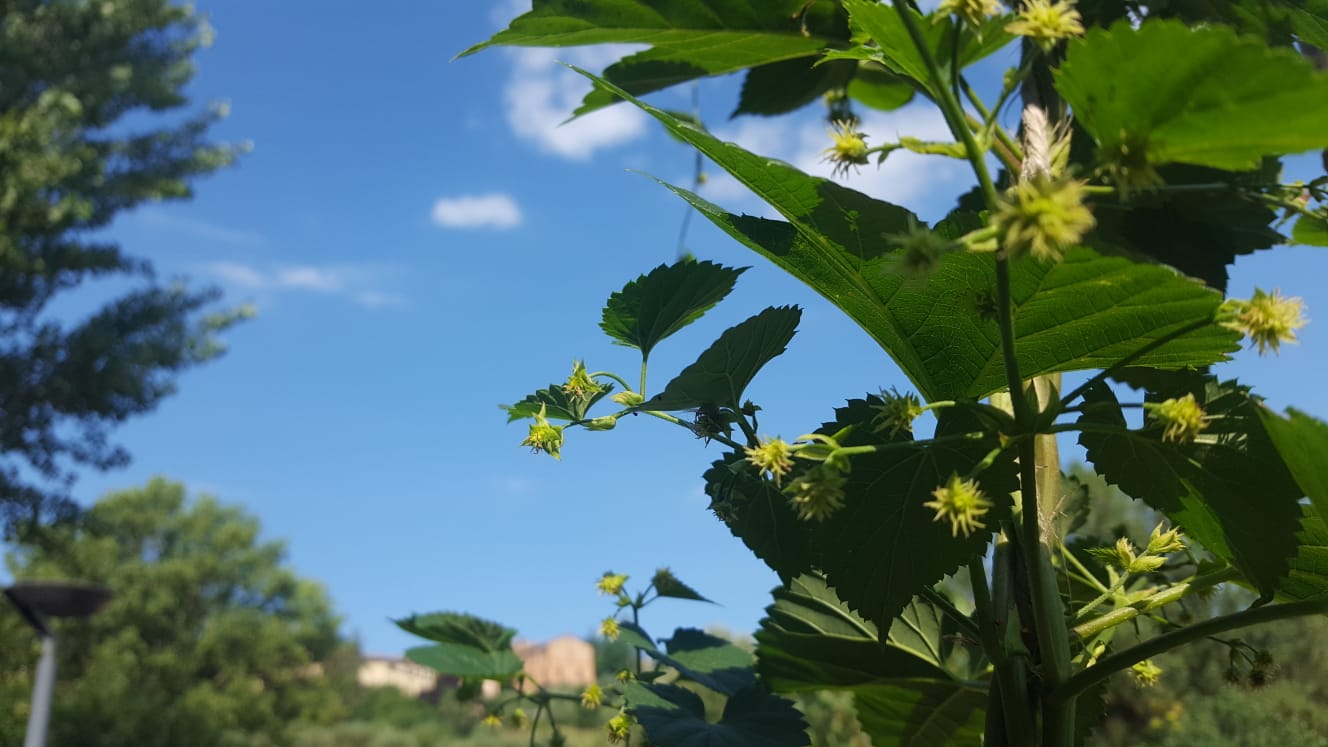
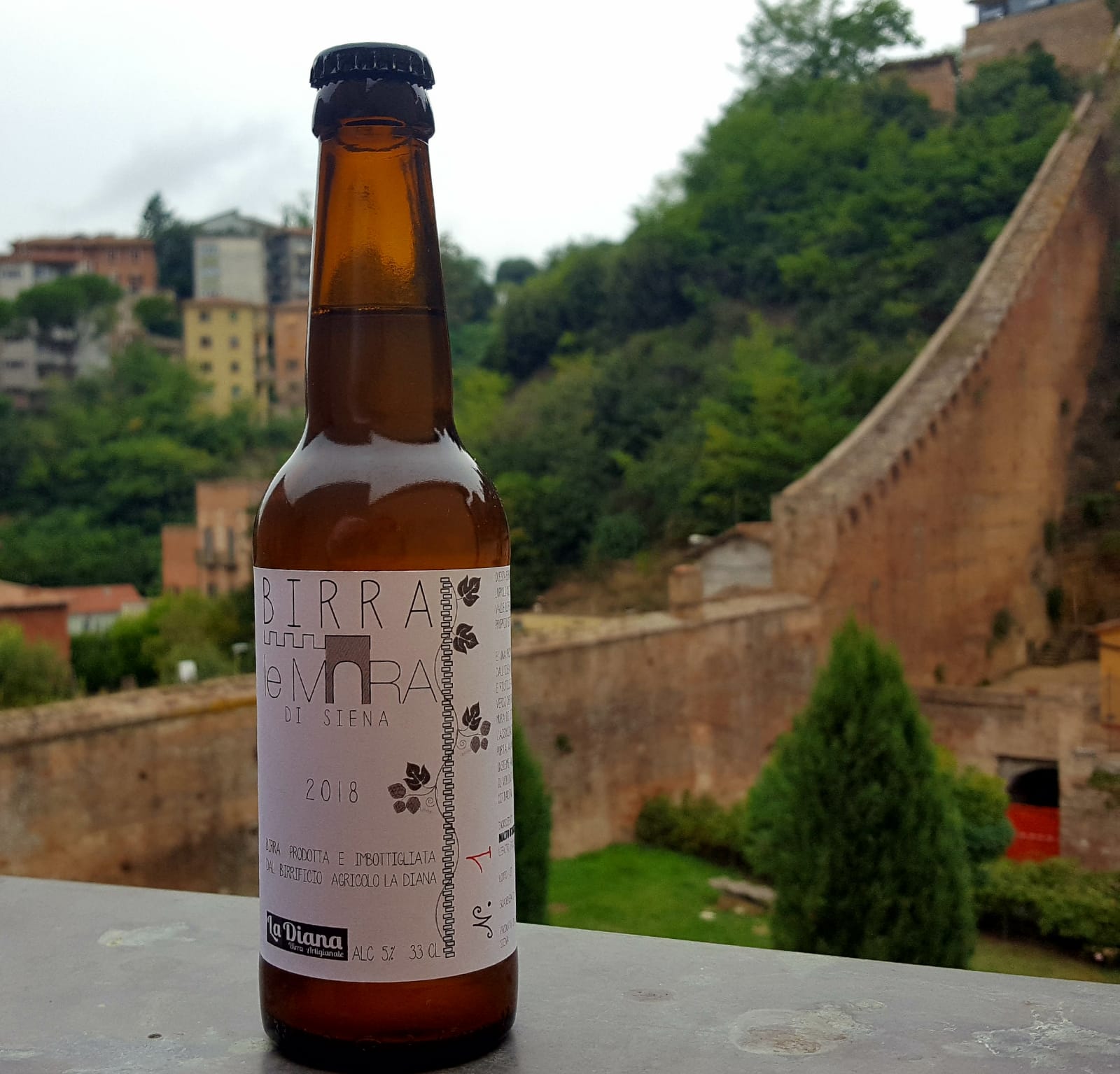
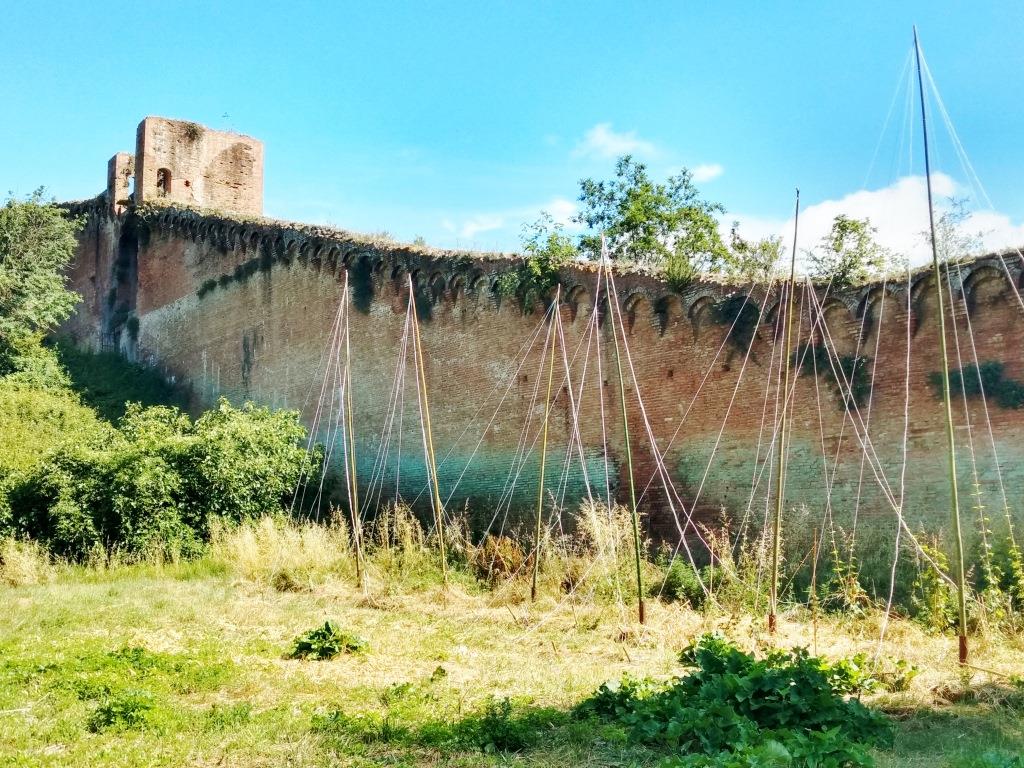
Il 2020 e le restrizioni del lockdown hanno creato non pochi problemi nella gestione delle piante di luppolo, che non hanno avuto la dovuta cura proprio nel momento più delicato della crescita (marzo). Il recupero delle piante fatto nei mesi successivi e la pulizia dalle erbe infestanti è stata possibile solo grazie al lavoro di alcuni soci dell’associazione Le Mura e di altri volontari del Comitato Amici del Palio. Tra maggio e giugno sono state, inoltre, piantate le nuove piante che potranno contribuire ai futuri raccolti del progetto.
Così, nonostante le difficoltà di questo anno, il raccolto è stato ottimo per quantità e qualità.
The 2020s and lockdown restrictions created a lot of problems in managing the hop plants, which were not taken care of at the most sensitive time of growth (March). The recovery of the plants in the following months and the cleaning of the weeds was only possible thanks to the work of some members of the association Le Mura and other volunteers of the Comitato Amici del Palio. In May and June, new plants were planted that will contribute to future harvests of the project.
Thus, despite this year’s difficulties, the harvest was excellent in terms of quantity and quality.


